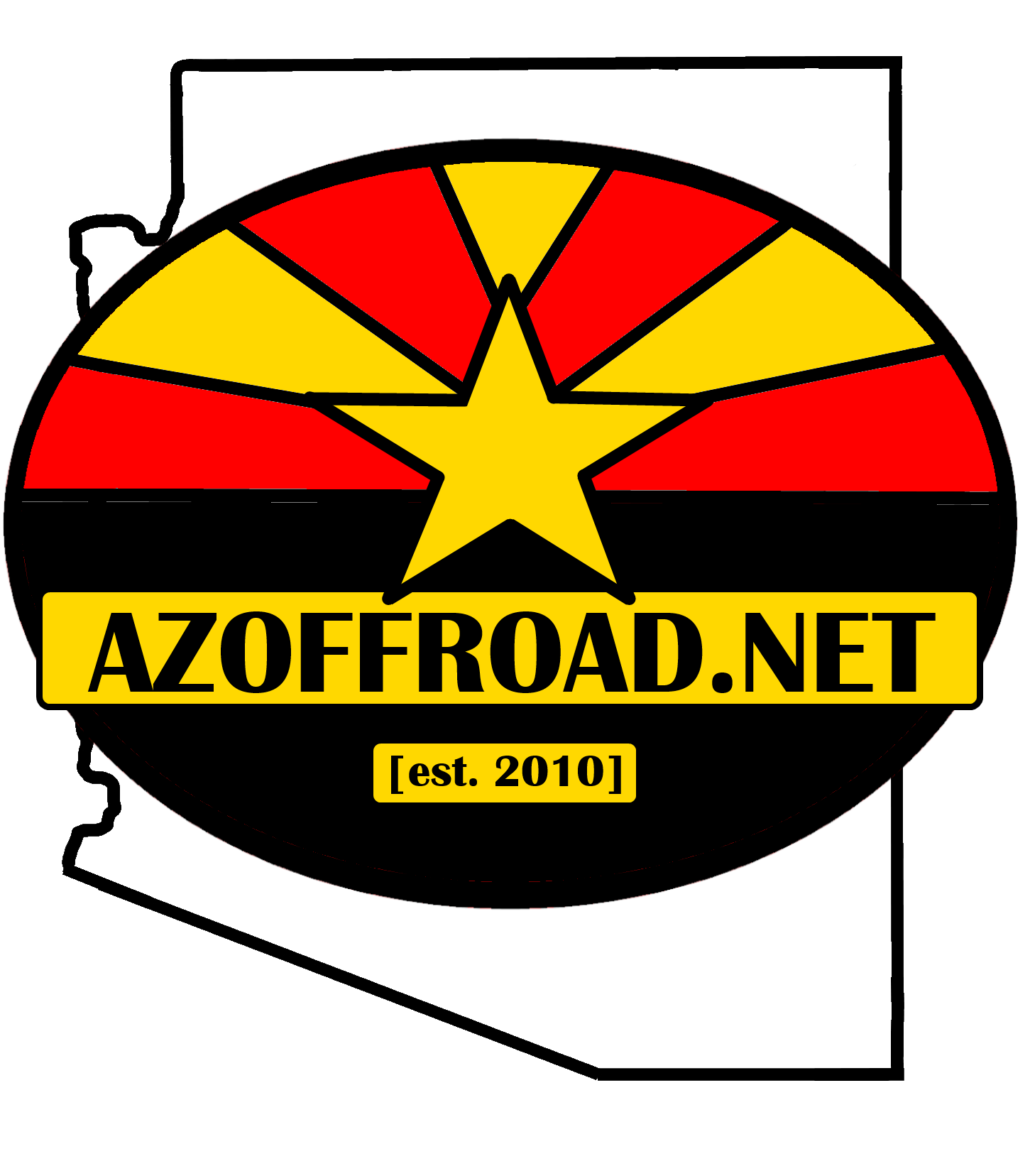Maricopa County
Painted Rock
Home to countless petroglyphs, this site has been a stopping point for thousands of years.
Painted Rock is a large petroglyph site located near the banks of the Gila River about 20 miles west of Gila Bend. The estimated collection of as many as 3,800 individual inscriptions are carved into a large boulder pile that is the focus of the site, which also features restrooms and campsites. Located in a flat area between the Painted Rock Mountains to the east and the Sentinel Volcanic Field to the west, this has been a high traffic area for numerous residents and travelers who first began carving symbols thousands of years ago.
The first carvings at Painted Rock were done by early residents who lived in the nearby area. Several ancient villages sat within a two mile radius, or a short walk from the petroglyph site. These included the Hohokam and Patayan tribes. The native groups used the floodplains surrounding the Gila River to farm. Archaeologists found evidence of these villages dating from the late Pioneer Period (350 - 550 AD) and Early Colonial Period (550 - 700 AD) to the north & west as well as from the Sedentary-Classical Period (900 -1400 AD) to the south and east.
Hundreds of different symbols remain scattered around Painted Rocks.
While the petroglyph site features characteristics of both the Hohokam and Patayan style, it is not exclusive to either -- as the site was on the border between these two historical tribes. It is thought that some of the inscriptions actually predate them and date as far back as the Archaic Period (8000 - 1000 BC). Hohokam and Patayan living, moving, and trading through the area likely added to the already existing markings left at the site.
In later years, during the Spanish Colonial period (1699-1821), numerous explorers passed through the area. They visited Painted Rocks and met with the descendants of the early Hohokam and Patayan -- known as the Pimas, Papagos, and Cocomaricopas. A Jesuit visiting the site in 1748 described the petroglyphs as being painted over. Historical records show that in addition to petroglyphs, the site also featured pictographs (rock paintings) and geoglyphs (rock patterns on the ground) at one point. This led to the Spanish christening the place as “Piedras Pintadas” or “Painted Rocks”.
In slightly more modern times, numerous historic trails passed the area near Painted Rocks. Juan Bautista de Anza and his expedition passed through the area between 1775 & 1776 on his journey from Mexico to San Francisco. Members of the Mormon Battalion also traversed the area on their march from Council Bluffs, Iowa to San Diego, California between July of 1846 & July of 1847. Following this, travelers on the Gila Trail -- or the Southern Emigrant Trail -- passed by Painted Rocks on their way west. Pioneers heading west inevitably added their names or own carvings to the collection as a way of marking their journey. The petroglyph site would have been one of the last landmarks seen by the Oatman Family before meeting their demise just a couple miles to the west.
Painted Rock features carvings from hundreds of years and as modern as the 1900s.
With well established trails marked in the terrain, mail service lines like the San Antonio-San Diego Line (1857-1858) and the Butterfield Overland Route (1858-1861) eventually began ferrying people & cargo past Painted Rocks. The petroglyph site stood as a log of sorts, showing the record of groups of people that passed through the same area. Later travelers carved their names and dates on the way by, if they had time to stop.
The petroglyph site features a short interpretive hiking path around the marked boulders. A small day use fee ($2) is required to visit. For those wishing for an extended stay, you can spend the night at the fairly large campground just to the south. Restrooms and picnic tables are available. Please follow the posted signs and be respectful when you visit. The site is an important cultural and sacred site for descendants of the Hohokam people and is protected under several federal laws. Painted Rock used to be part of the Painted Rock State Park, which included additional camping and recreation on Painted Rock Reservoir, however following the pollution and closure of the lake unit in 1989, only the petroglyph site remains open to the public.
Painted Rock today remains as an impressive collection of inscriptions from a wide range of people. While mostly dominated by Native American markings, several inscriptions can be found from the 1800 and 1900s. Symbols vary greatly from stick figures to animal outlines. Modern day interpretation cannot pinpoint what exactly each one means. Some petroglyphs have inevitably been damaged or disappeared over the years, but it is incredible to see hundreds of years of history (if not more) in a single spot. To get here, follow Interstate 8 west from Gila Bend. Take exit 102 (Painted Rock Dam) and travel north on the paved road for 10.7 miles. The road will continue onto Rocky Point Road where Painted Rock will be on the left.
Sources:
BLM informational kiosks on site.
A Guest’s Guide to the Painted Rock Petroglyph Site. PDF. Tucson: Archaeology Southwest. Web. 6 Dec. 2020. <https://www.archaeologysouthwest.org/explore/painted-rock-petroglyph-site/>.
"Painted Rock Petroglyph Site and Campground." Bureau of Land Management. Web. 6 Dec. 2020. <https://www.blm.gov/visit/painted-rock-petroglyph-site>.
"Painted Rock Petroglyph Site." Wikipedia. Wikimedia Foundation, 07 Jan. 2020. Web. 6 Dec. 2020. <https://en.wikipedia.org/wiki/Painted_Rock_Petroglyph_Site>.
"Painted Rock Dam." Wikipedia. Wikimedia Foundation, 17 Nov. 2020. Web. 6 Dec. 2020. <https://en.wikipedia.org/wiki/Painted_Rock_Dam>.
"Mormon Battalion." Wikipedia. Wikimedia Foundation, 07 Dec. 2020. Web. 6 Dec. 2020. <https://en.wikipedia.org/wiki/Mormon_Battalion>.
"Juan Bautista De Anza." Wikipedia. Wikimedia Foundation, 24 Nov. 2020. Web. 6 Dec. 2020. <https://en.wikipedia.org/wiki/Juan_Bautista_de_Anza>.
"Southern Emigrant Trail." Wikipedia. Wikimedia Foundation, 22 June 2020. Web. 6 Dec. 2020. <https://en.wikipedia.org/wiki/Southern_Emigrant_Trail>.











